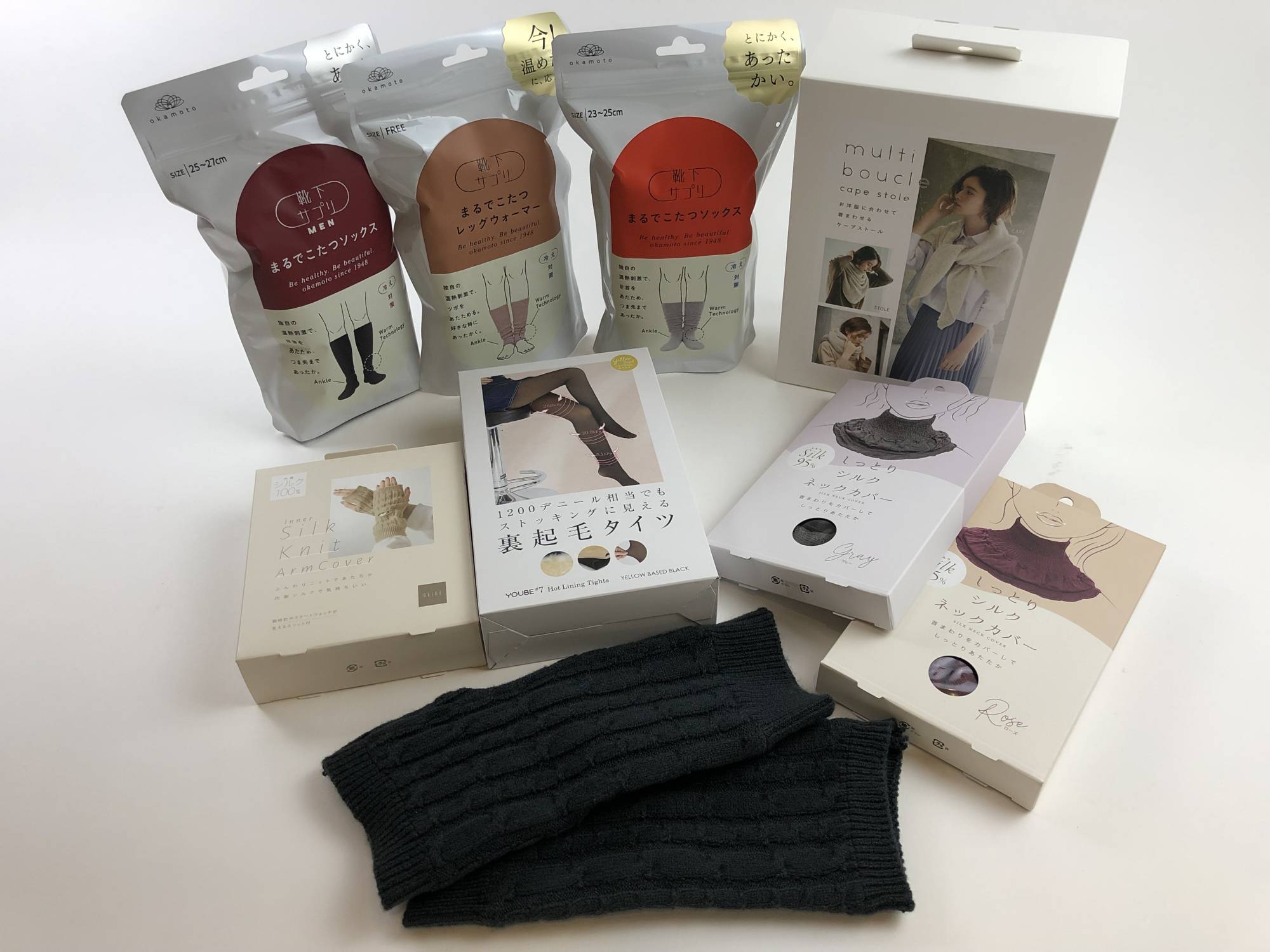Despite an unseasonably warm fall to date, the knowledge that the cold winter months are just around the corner is driving Japanese consumers to consider ways to avoid the steep recent rise in energy prices, and cold-weather clothing items have emerged as an increasingly popular choice.
From specially fitted desk gloves that leave the fingers free to type and feature a hole for a watch, to the revival of '80s-style leg warmers, cold-weather items are seen as a cost-efficient means of contributing to national efforts to save energy.
From the start of the month, Loft's sales of such items through Nov. 22 saw a 60% increase over the same period last year, said Yui Takahashi, press relations manager at the chain's store in Tokyo's Shibuya district.


















With your current subscription plan you can comment on stories. However, before writing your first comment, please create a display name in the Profile section of your subscriber account page.